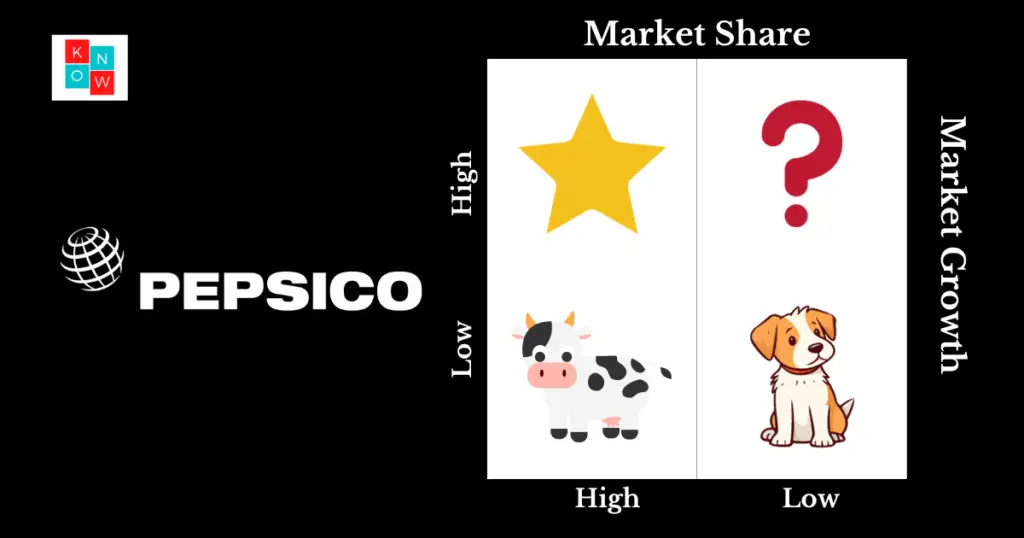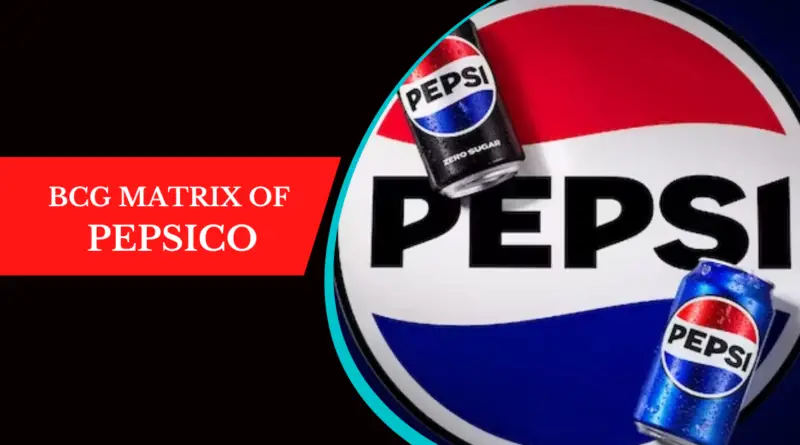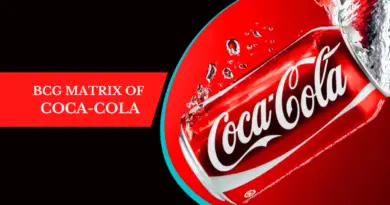Analyzing PepsiCo’s Portfolio with the BCG Matrix
The BCG Matrix, also known as the Growth-Share Matrix, is a strategic tool used to evaluate the portfolio of a company’s products or business units. In this blog post, we will delve into the BCG Matrix and examine how it can be applied to analyze PepsiCo’s diverse range of products and brands. By understanding PepsiCo’s position within the matrix, we can gain valuable insights into the company’s growth potential and make informed decisions about resource allocation and portfolio management.
Overview of PepsiCo
PepsiCo is a global beverage and snack food company that operates in over 200 countries. With a portfolio of well-known brands such as Pepsi, Lay’s, Gatorade, and Quaker, PepsiCo has established itself as a leader in the consumer packaged goods industry. The company’s diverse product offerings span multiple categories, including carbonated soft drinks, juices, sports drinks, snacks, and breakfast cereals.
Understanding the BCG Matrix

The BCG Matrix categorizes a company’s products or business units into four quadrants based on their relative market share and market growth rate. The four quadrants are: Stars, Cash Cows, Question Marks (also known as Problem Children), and Dogs.
1. Stars: These are high-growth products or business units with a significant market share. They require substantial investment to maintain their growth trajectory.
2. Cash Cows: Cash cows are products or business units with a high market share but low market growth rate. They generate stable cash flows and require minimal investment.
3. Question Marks: These are products or business units with low market share but a high market growth rate. They have the potential to become stars but require strategic decisions and investments to capture market share.
4. Dogs: Dogs have low market share and low market growth rate. They are unlikely to generate significant profits and should be evaluated for potential divestment.
Applying the BCG Matrix to PepsiCo
PepsiCo’s portfolio includes a mix of products that fall into different quadrants of the BCG Matrix. Let’s analyze a few key brands:

Pepsi
Pepsi, as one of PepsiCo’s flagship brands, can be considered a cash cow. It has a high market share and is well-established in the carbonated soft drinks market. While the market growth rate for carbonated soft drinks may be declining, Pepsi continues to generate substantial revenue and cash flow.
Lay's
Lay’s, the popular snack brand, can also be classified as a cash cow. It has a dominant market share in the snacks category and benefits from strong brand loyalty. Despite the relatively low growth rate in the snack industry, Lay’s consistently generates profits for PepsiCo.
Gatorade
Gatorade, a sports drink brand, can be categorized as a star. The sports drink market is experiencing steady growth, and Gatorade holds a significant market share. PepsiCo invests in marketing and innovation to maintain Gatorade’s growth trajectory and capitalize on the increasing demand for sports beverages.
Quaker
Quaker, known for its breakfast cereals and oatmeal products, falls into the question mark quadrant. While Quaker has a relatively low market share, the breakfast cereal market shows potential for growth. PepsiCo needs to make strategic decisions to increase Quaker’s market share and transform it into a star.
Conclusion
The BCG Matrix provides a framework for evaluating PepsiCo’s product portfolio and making strategic decisions. By identifying cash cows, stars, question marks, and dogs, the company can allocate resources effectively, invest in high-potential products, and divest from underperforming ones. PepsiCo’s diverse range of brands allows for a balanced portfolio that combines steady cash flow from cash cows with growth opportunities from stars and question marks. Through continuous analysis and adaptation, PepsiCo can maintain its market leadership and deliver value to its shareholders and consumers alike.



